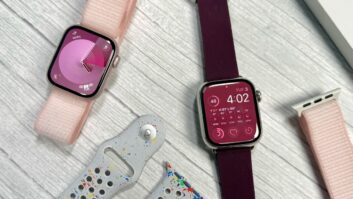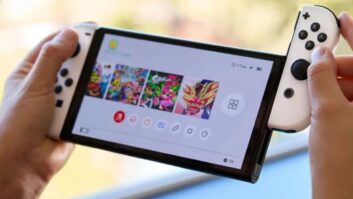In its first appearance in the wearables market, Apple finds itself within striking distance of the established market leader, Fitbit.
According to the International Data Corporation (IDC) Worldwide Quarterly Wearable Device Tracker, Apple shipped a total of 3.6 million units in the second quarter of 2015, just 0.8 million units behind Fitbit’s 4.4 million units. Total shipment volume for the quarter came to 18.1 million units, up 223.2 percent from the 5.6 million units shipped in the same period last year.
Apple’s arrival had the greatest impact on the smart wearables category, or those devices capable of running third-party applications. “About two of every three smart wearables shipped this quarter was an Apple Watch,” said Jitesh Ubrani, IDC’s senior research analyst for mobile device trackers. “Apple has clearly garnered an impressive lead in this space and its dominance is expected to continue. And, although Fitbit outshipped Apple, it’s worth noting that Fitbit only sells basic wearables – a category that is expected to lose share over the next few years, leaving Apple poised to become the next market leader for all wearables.”
In the short history of the wearable market, a clear divide has formed between smart wearables and basic wearables (devices that do not run third-party applications, and includes most fitness trackers). Price and functionality are the main differences between the two categories, and that gap is expected to widen over time.
Some vendor highlights from the report:
• Fitbit’s Q2 results read as a list of successes: triple- digit year-over-year worldwide volume growth; double- digit year-over-year worldwide revenue and profit growth; expanded partnerships with corporate wellness groups, fashion, and food companies; and increased visibility in the media. Fitbit resonates with customers because it has remained true to its simple value proposition of tracking fitness to encourage healthier lifestyles rather than promising the multipurpose functionality that most smart watches have sought.
• Apple is just getting started with its Watch, having reached just sixteen geographic markets to date and starting agreements with third-party retailers. But what is most important is the continued development of the WatchOS platform. At its WWDC in June, Apple announced that the next version of WatchOS will allow for native applications, which could have a similar effect that iPhones enjoyed when native apps became available.
• Xiaomi made a fairly big splash when it entered the wearables market last year with its Mi Band. Since then its growth has been unstoppable in China as the vendor was quick to introduce rock-bottom prices. Xiaomi recently expanded into markets outside China although its limited distribution channels have been a dampening factor on its growth.
• Garmin’s laser-like focus on fitness devices for runners, cyclists, and swimmers has been successful so far, though increasing competition from the likes of Fitbit and Xiaomi has led to a reduction in share. Garmin’s new ConnectIQ platform may help alleviate some of the pressure as it attempts to offer access to third-party applications, data fields, watch faces, and widgets to further customize its wearable devices.













